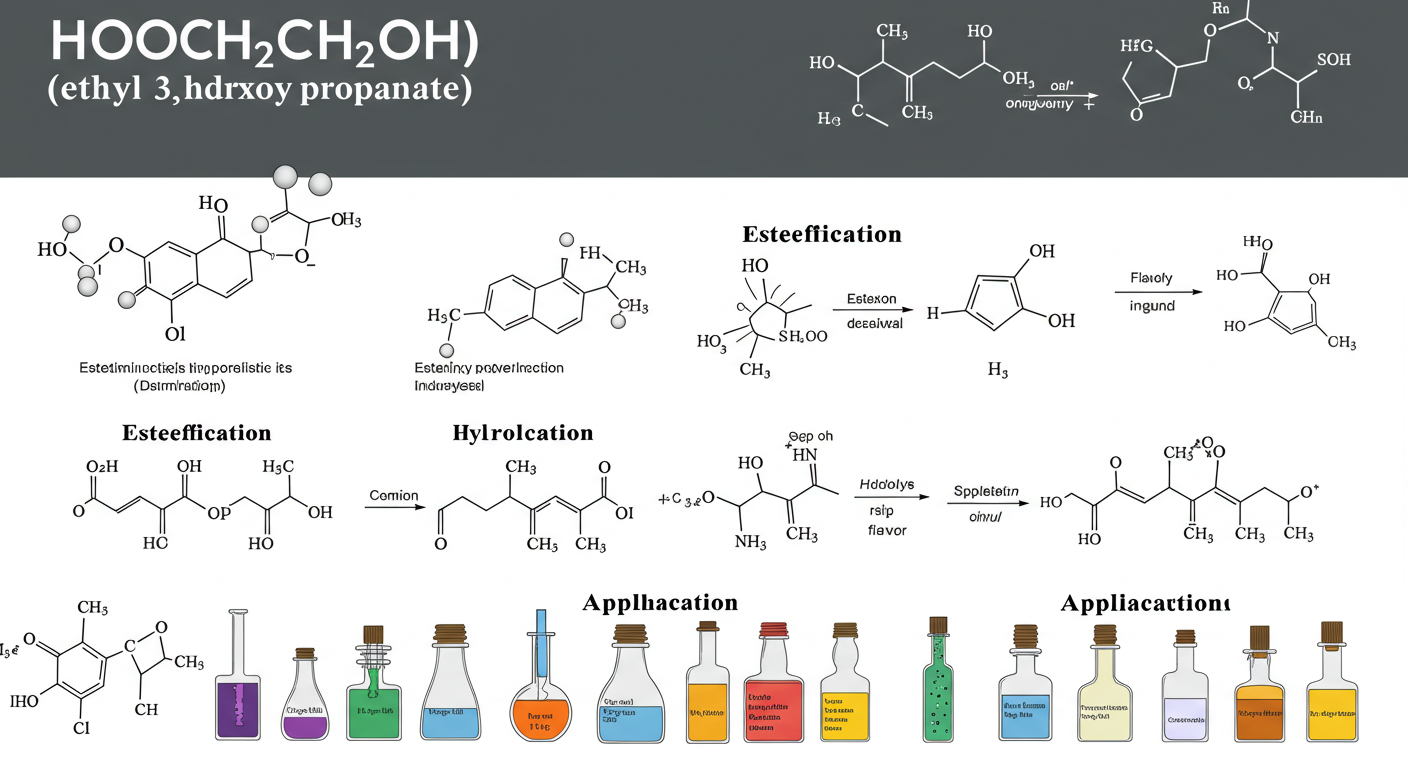In the realm of organic chemistry, chemical formulas often appear as coded puzzles waiting to be solved. One such intriguing combination is hcooch ch2 h2o. While it might not correspond directly to a single well-known compound, this chemical expression brings together key functional groups that are vital to many organic reactions.
In this detailed guide, we’ll decode hcooch ch2 h2o, explore its structural implications, and understand its potential roles in organic synthesis. We will also look at real-world applications and why this combination is increasingly discussed in academic and industrial circles.
Breaking Down HCOOCH CH2 H2O
To fully grasp the meaning behind hcooch ch2 h2o, it helps to dissect the components:
-
HCOOCH most likely represents methyl formate (HCOOCH₃), an organic ester formed from formic acid and methanol.
-
CH2 refers to a methylene group, a reactive two-hydrogen carbon group found in many organic compounds.
-
H2O is water, which often acts as a solvent or reactant in chemical reactions.
Together, this combination might not refer to a single compound, but it implies a reaction system or a group of participating molecules. It’s particularly relevant in organic mechanisms involving esterification, hydrolysis, or condensation.
Understanding the Role of HCOOCH (Methyl Formate)
Methyl formate (HCOOCH₃) is a colorless, flammable liquid with a pleasant odor. It’s widely used in industrial chemistry, particularly in:
-
Solvent applications in quick-drying products
-
Manufacturing formamide and dimethylformamide
-
Organic synthesis as a building block for more complex compounds
When methyl formate is introduced into a reaction with CH2 units and water, it can lead to a variety of interesting pathways, such as hydrolysis or polymerization.
CH2: The Methylene Connection
The CH2 group is central in many reactions due to its reactivity and bonding flexibility. In the context of hcooch ch2 h2o, the methylene group might serve as a linker, or intermediate species, facilitating the formation of chains or branched molecules.
CH2 groups are common in:
-
Hydrocarbons (alkanes, alkenes)
-
Polymers like polyethylene
-
Transition states in organic mechanisms
When combined with esters like HCOOCH₃, CH2 can create new bonds under appropriate conditions, especially in the presence of water or catalysts.
H2O: More Than Just a Solvent
Water (H2O) is often considered a passive participant, but in chemistry, it’s a highly active component in many reaction environments. In the case of hcooch ch2 h2o, water may:
-
Act as a reactant in hydrolysis reactions
-
Serve as a medium in aqueous-phase synthesis
-
Facilitate proton transfer and reaction equilibrium
For example, in the hydrolysis of methyl formate, water breaks the ester bond, producing formic acid (HCOOH) and methanol (CH3OH):
This reaction is fundamental in both lab-scale and industrial chemistry processes.
Chemical Reactions Involving HCOOCH CH2 H2O
1. Ester Hydrolysis
As mentioned earlier, the combination of methyl formate (HCOOCH₃) and water (H2O) typically results in acid-catalyzed hydrolysis:
This reaction is common in organic chemistry labs and serves as a basis for understanding reaction kinetics and equilibrium.
2. Aldol-Type Condensation
The CH2 group could be involved in a condensation reaction, possibly forming new C-C bonds. With the right catalyst and reaction conditions, compounds containing HCO and CH2 groups may form β-hydroxy aldehydes or unsaturated carbonyls, releasing water as a byproduct.
3. Polymerization Routes
In some cases, a system like hcooch ch2 h2o might be representative of monomers or small molecules preparing for polymerization, particularly polyesters or polyformates, especially when catalysts like sulfuric acid or base are involved.
Industrial and Academic Importance of HCOOCH CH2 H2O
Even though hcooch ch2 h2o might not correspond directly to a single standardized molecule, its components are central in many chemical fields:
1. Industrial Chemistry
-
Methyl formate is used in foam production, pesticides, and resins.
-
Water is a universal component in most chemical processes.
-
CH2-based chains are essential for polymers and plastics.
2. Academic Research
-
The reactivity of esters and CH2 units in aqueous environments is often studied in green chemistry, where minimizing toxic solvents is key.
-
These elements are also part of undergraduate organic chemistry curricula, focusing on reaction mechanisms and synthesis design.
3. Environmental Relevance
-
Reactions involving HCOOCH and H2O are studied in the context of atmospheric chemistry.
-
CH2-related radicals can contribute to photochemical smog formation in urban environments.
Why is HCOOCH CH2 H2O Gaining Search Popularity?
Search interest for hcooch ch2 h2o has grown in recent months. This trend can be attributed to:
-
Chemistry students searching for explanations related to textbook problems or lab exercises.
-
Competitive exam preparations, where chemical reaction patterns are tested.
-
Increased academic research on environmentally friendly reaction processes.
It’s also possible that this keyword relates to a specific named reaction or test question trending among certain syllabi.
Final Thoughts on HCOOCH CH2 H2O
While hcooch ch2 h2o may not be a standard chemical compound, its elements—methyl formate, methylene group, and water—are pillars in organic and industrial chemistry. Understanding their roles helps build a strong foundation for studying more complex reactions and applications.
Key Takeaways:
-
HCOOCH refers to methyl formate, a reactive ester.
-
CH2 is a versatile group in hydrocarbon chemistry.
-
H2O plays multiple roles from solvent to reactant.
Whether you’re a student, educator, or chemist, recognizing how such chemical fragments interact can offer valuable insight into reaction planning and problem-solving.

